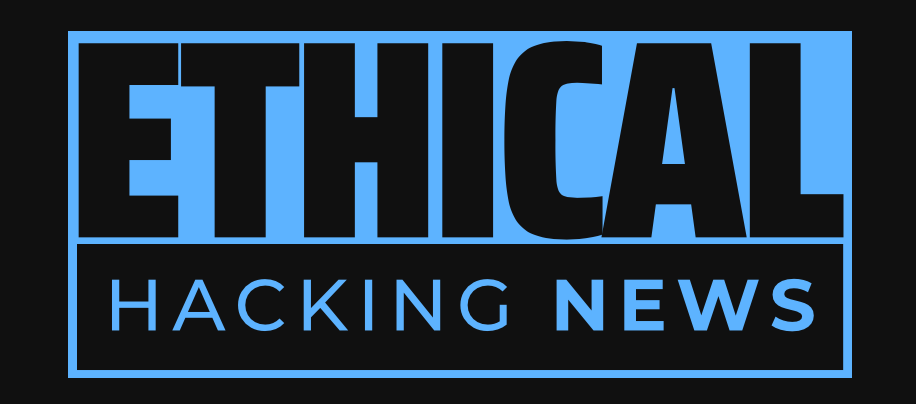Ethical Hacking News
US Cyber Director Sean Cairncross announces plans to shift from a defensive to an offensive posture against foreign hackers, as the country seeks to become less of a prime target for cyber attacks. The new National Cyber Strategy document aims to introduce cost and consequences into the mix for adversaries that continue to hit US critical infrastructure.
The US is shifting from a defensive to an offensive posture against foreign hackers under the guidance of Sean Cairncross, the National Cyber Director. Cairncross' plan aims to introduce cost and consequences for adversaries targeting US critical infrastructure through a new National Cyber Strategy document. The strategy includes six pillars designed to tackle specific aspects of cyber security and emphasizes collaboration between government agencies and private industry. The current paradigm of sharing intelligence with industries has largely failed, leading to a fractured response to incidents. Experts warn that the current asymmetry in US cyber posture is unsustainable, and American companies and critical infrastructure need to be prepared for AI-powered attacks.
The cybersecurity landscape has been shifting dramatically over the past decade, with foreign hackers increasingly targeting the United States as a prime target for their malicious activities. The likes of North Korea and Russia have become notorious for launching cyber attacks on American critical infrastructure, resulting in significant financial losses and disruptions to essential services.
However, a new era is about to dawn on the US cybersecurity scene. In a bold move, Sean Cairncross, the National Cyber Director, has announced plans to shift from a defensive to an offensive posture against foreign hackers. This strategic shift marks a significant departure from the traditional approach of merely defending against cyber threats, and instead aims to take the fight directly to the enemy.
The decision comes as no surprise, given the alarming rate at which cyber attacks have been escalating over the past few years. According to various reports, ransomware attacks alone have resulted in billions of dollars in losses for American businesses and organizations. Furthermore, the sheer scale and sophistication of these attacks suggest that foreign hackers are using advanced technologies such as AI and machine learning to evade detection and stay one step ahead of their adversaries.
Cairncross has stated that his office is currently working on a new National Cyber Strategy document, which will be short, to the point, and designed to pair policy with actions that go beyond improving defensive posture. This strategy aims to introduce cost and consequences into the mix for adversaries that continue to hit US critical infrastructure.
The key elements of this new approach include six pillars, each designed to tackle specific aspects of cyber security. These pillars are expected to play a crucial role in shaping the nation's response to emerging threats, and will undoubtedly have far-reaching implications for American businesses and organizations.
One of the most significant aspects of Cairncross' plan is the emphasis on collaboration between government agencies and private industry. The current paradigm, where governments share intelligence with industries, has largely failed to achieve its intended goals. Instead of fostering a culture of cooperation and trust, this approach has led to a fractured response to incidents, which in turn has allowed cyber threats to continue unchecked.
Cairncross has acknowledged the limitations of this model, stating that there has never been a top-cover strategy to tackle cyber threats head-on. In contrast, his new plan aims to provide a cohesive and coordinated response to emerging threats, one that takes into account the strengths and weaknesses of both government agencies and private industry.
The industry responds
Not everyone is convinced by Cairncross' plan, however. Mandiant cofounder Kevin Mandia, who was present at the Aspen Cyber Summit where Cairncross delivered his keynote address, argued that the current asymmetry in US cyber posture, with American companies and critical infrastructure entirely on the defensive, wasn't sustainable.
"The criminal element always gets [new tech] enabled before the good guys," Mandia said. "Five years from now, primarily attacks will be AI agents doing the offense at a scale and scope we have to be ready for."
This warning is echoed by Google Threat Intelligence VP Sandra Joyce, who also attended the Aspen Cyber Summit. Joyce believes that the current paradigm has largely failed, and that both government agencies and private industry need to do more to tackle cyber threats.
"We have collectively decided that government will take the action and industry will share intelligence. If that was going to work, it would have worked by now," Joyce said. "We both need to do more - it's been open season on American businesses and government organizations for way too long."
Joyce also emphasizes the importance of specific intelligence sharing between governments and private industries, rather than relying solely on general information.
Case in point, take the Lumma infostealing malware. Disrupted by the FBI and other agencies over the summer, the malware is already back with newly-improved features. That's only the most recent example of such cybercriminal gangs roaring back after government disruption.
As the US takes a stand against foreign hackers, it remains to be seen whether Cairncross' plan will ultimately succeed in achieving its goals. One thing is certain, however - this new era in cybersecurity marks a significant shift away from traditional defensive postures and towards an increasingly proactive approach to tackling emerging threats.
Related Information:
https://www.ethicalhackingnews.com/articles/The-United-States-Takes-a-Stand-A-New-Era-in-Cybersecurity-ehn.shtml
https://go.theregister.com/feed/www.theregister.com/2025/11/18/the_us_wants_to_go/
Published: Tue Nov 18 12:03:57 2025 by llama3.2 3B Q4_K_M

